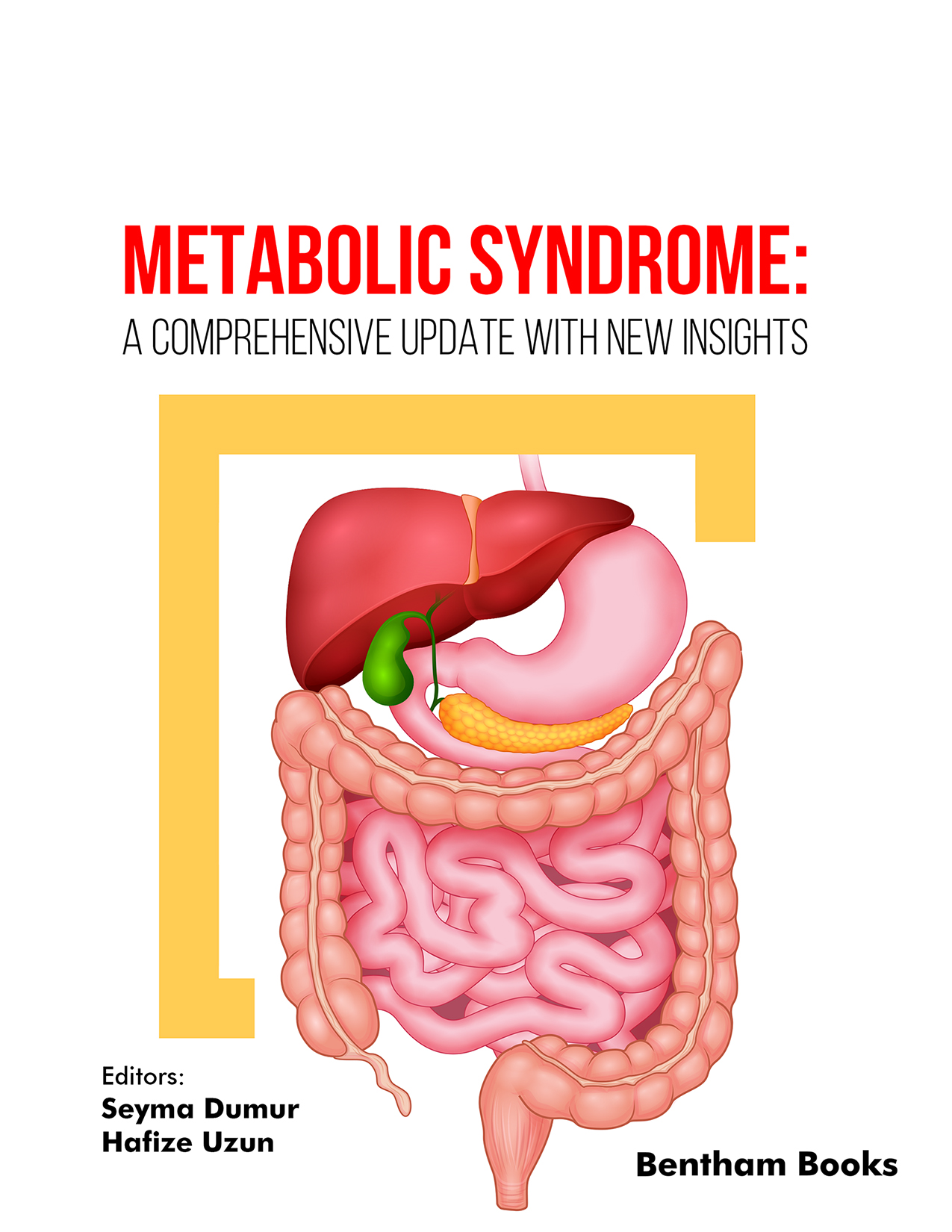Nowadays, metabolic syndrome (MetS) is a major health problem worldwide. MetS is characterized by high blood pressure, obesity, insulin resistance, and diabetes mellitus. Of these factors, insulin resistance is the main cause of MetS. It is very important for patients with MetS to change their lifestyle. Exercise, changes in dietary habits, and weight loss are necessary in the treatment of patients with MetS. As discussed in the light of current information about MetS in Chapter 13, exercise plays a very crucial role in controlling insulin activity, reducing the risk of cardiovascular disease, and maintaining weight control and Chapter 11 (Neutrogenomic strategies in metabolic syndrome) provides an update on our current understanding of the impact of neutrogenomic strategies on MetS. In the last few decades, many studies on the genetic and epigenetic screening of MetS in various populations have been published in the literature. The role of genetic and epigenetic mechanisms is discussed in Chapter 9.
Another important aspect is that MetS has been associated with psychiatric disorders. In those diagnosed with major depressive disorder and bipolar disorder in adulthood, the disruption of biological rhythms (sleep, social activities, and eating habits) has been associated with key components of MetS. MetS and its components have also been linked to a higher risk of suicide. It is clear that the relationship between behavior and MetS is bidirectional and that each component can influence the other. Awareness of factors related to MetS can help identify high-risk individuals and implement disease prevention and control strategies as well as lifestyle modifications. It is discussed in Chapter 10 (The Interplay between Metabolic Syndrome and Behavior) that lifestyle modification can help improve MetS status and behavior.
If patients with MetS fail to be treated with lifestyle changes, they should use certain medications. First, insulin resistance needs to be treated. Metformin, thiazolidinediones or glitazones should be used to treat insulin resistance and diabetes mellitus. Secondly, dyslipidemia and obesity need to be treated with statins and fibrates. Treatment of components of the MetS, such as cardiovascular disease, hypertension, and polycystic ovary syndrome, is often associated with the treatment of insulin resistance, obesity, and dyslipidemia. The MetS should be treated early because delayed treatment is ineffective and very expensive. In MetS and related diseases, rationalized and evidence-based pharmacotherapeutic strategies are cornerstones in reducing polypharmacy. The pharmacology network approach and advanced bioinformatics tools related to epigenetics, genomics, transcriptomics, proteomics, and metabolomics are recognized as useful bench-top tools for the search for molecular preventive and therapeutic multiple targets. Molecular multi-target therapy is recognized as a new pharmacological strategy underpinning personalized and precision medicine. This in turn will reduce socioeconomic burdens and improve health-related quality of life. In this context, Chapter 12 discusses perspectives on personalized medicine using a pharmacology network approach.
MetS is a cluster leading to increased cardiovascular morbidity and mortality as well as increased predisposition to other non-communicable diseases such as certain cancers. Although individual components of MetS have been linked to cancer, studies demonstrating a direct link between MetS and cancer are limited. Understanding this link will shed light on the process of oncogenesis in patients with MetS. Chapter 15 addresses the need to summarize the associated factors and mechanisms linking these two pathologies and to identify potential targets for treatment in patients with cancer and MetS. Furthermore, Chapter 15 focuses on the biological and physiological changes and specific factors associated with this process, including the insulin-like growth factor (IGF-1) pathway, estrogen signaling, visceral adiposity, hyperinsulinemia, hyperglycemia, aromatase activity, adipokinase production, angiogenesis, oxidative stress, DNA damage and pro-inflammatory cytokines, and their clinical implications in cancer therapy. A better understanding of this link will provide greater insight into the management of cancer patients by preventing MetS and related changes.
We would like to sincerely thank our team of authors from different countries who contributed excellent chapters that made the compilation of this book possible.
Hafize Uzun
&
Seyma Dumur
Department of Medical Biochemistry
Istanbul Atlas University
Faculty of Medicine
Istanbul
Turkey

